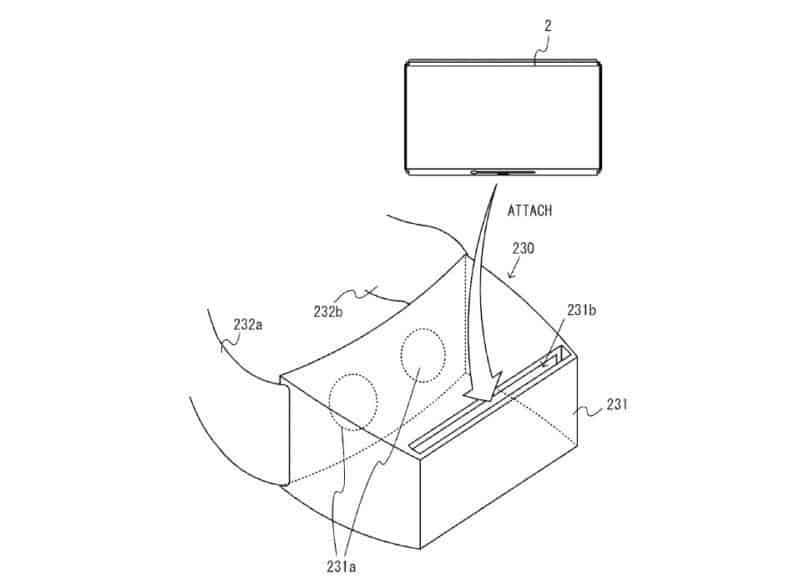
Readers with decent memories may remember early 2016, when Nintendo President Tatsumi Kimishima said the company was looking into the virtual reality space at an investor’s briefing. Coming months before we had concrete details on the company’s upcoming Switch, the statement set off industry alarm bells about Nintendo’s potential future plans. A vague Nintendo patent for a head-mounted tablet holster that surfaced in late 2016 got the chatter going even further.
Fast forward to today, and it’s increasingly clear that Nintendo has finished “looking” and has decided VR shouldn’t be part of its plans for the time being. The latest evidence comes from a recent interview with Nintendo France General Manager Philippe Lavoué in French publication Les Numeriques. “If you look at VR headsets, I doubt they can appeal to the mainstream,” Lavoué said in a translation of that interview. “Consumers are not patient with entertainment if you’re not able to deliver an all-inclusive package.”
Lavoué goes on to downplay any need for Nintendo to invest in hardware capable of full 4K images, saying that the TV display technology has “not been adopted by the majority” and would therefore be a premature investment for the company. “And what novelty would we bring compared to our competitors?” he said. “If we do the exact same thing as everyone else, we’re bound to die because we are smaller than them. With the Switch, we offer different uses, adapted to players’ pace of life. Its advantage is being able to fit into your daily life.”
The new comments echo those made by Nintendo of America President Reggie Fils-Aime, who told Fortune last June that when it comes to virtual and augmented reality, “Are they both fun and social? I don’t think that’s there yet.”
Fils-Aime has been uttering some variation of that line since at least 2014, when he told the AP “the technology [for VR] isn’t quite there yet, in our view… when it’s there and enables a fun experience, we’ll be there too.”
Nintendo Senior Director of Corporate Communications Charlie Scibetta left the VR door a little more open at the time, though, telling Ars in 2014 that “anything that would help increase the gameplay and make it more entertaining we’d certainly think about, and we’re always looking at new technologies.” And legendary Nintendo designer Shigeru Miyamoto told NPR in 2015 that the company “experiment[s] with virtual reality and different technologies,” even as he said, “we don’t feel that virtual reality is a good fit” for Nintendo’s family-centric play philosophy.
As for 4K, Fils-Aime said in a Verge interview last year that targeting the current top-end of traditional TV resolution audience was “a strategy that for us, candidly, is a bit too limited.” Keep in mind, too, that Nintendo’s first HD console wasn’t released until late 2012, when the display standard had penetrated over 75 percent of US households.
Given that pace, we could be waiting quite a while for the company to adopt what is now considered the “high-end” of VR and 4K technologies. For the time being, we’ll have to settle for makeshift stereoscopic holsters and third-party Japanese arcade installations to give us hints of what a Nintendo-approved VR experience could be like.























